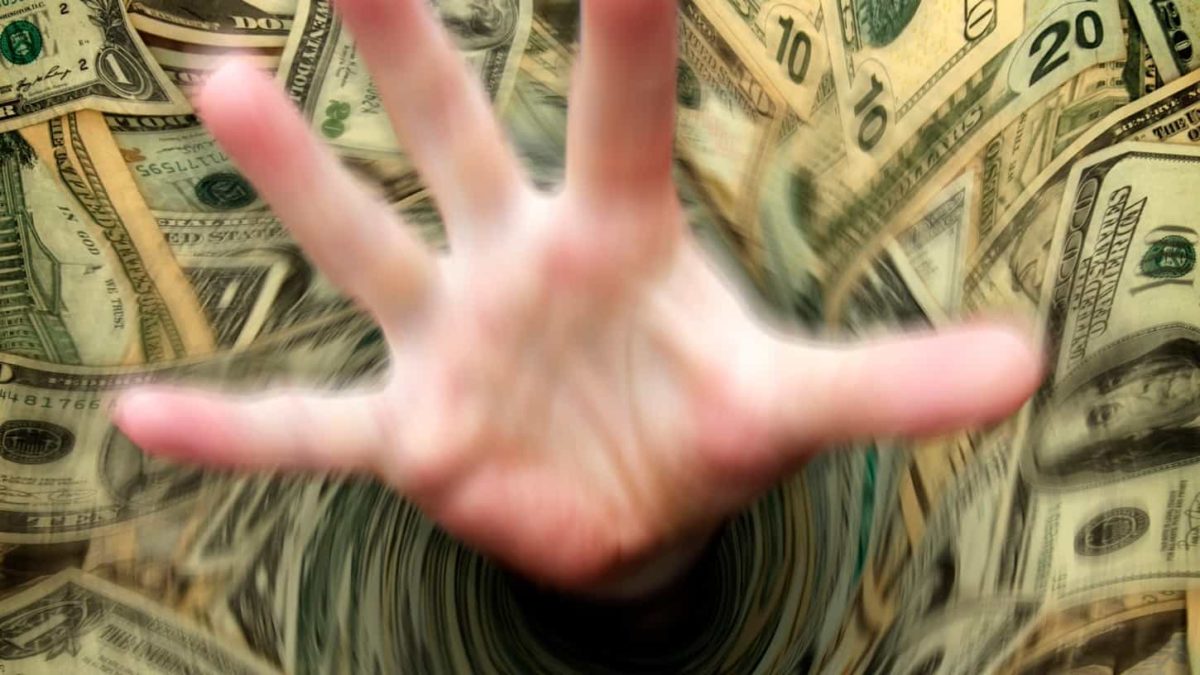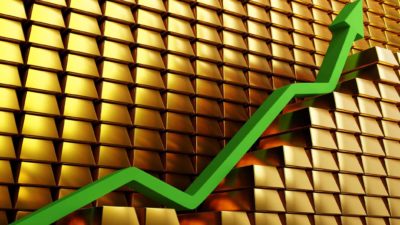Experts are warning of more pain for the Australian dollar after its big crash, but that's good news for ASX 200 shares.
The Aussie is currently sitting at around US73.3 cents, its lowest since November last year. Forecasters are predicting it could fall below US70 cents in the coming months, reported the Australian Financial Review.
That would be a good outcome for the S&P/ASX 200 Index (Index:^AXJO) as our bigger companies tend to exporters.
ASX 200 shares benefiting from a battered Aussie dollar
This means a material portion of their revenue is generated in US dollars. The exchange rate will give these ASX 200 shares a boost when they convert these sales into Australian dollars.
Some notable ASX 200 shares with large US dollar exposure include the James Hardie Industries plc (ASX: JHX) share price, Aristocrat Leisure Limited (ASX: ALL) share price and Resmed CDI (ASX: RMD) share price – just to name a few.
ASX 200 mining shares to also get a boost
ASX mining shares are also in this category as commodities are bought and sold in US dollars – notwithstanding the inverse correlation between commodity prices and the greenback. After all, prices of many commodities are hovering at multi-year, if not record highs.
ASX miners with large domestic operations like the Fortescue Metals Group Limited (ASX: FMG) share price and Newcrest Mining Ltd (ASX: NCM) share price are even better placed. This is because their cost base is largely denominated in the weaker local currency.
ASX shares at the sharp end of the exchange rate
But a retreating Aussie will also create losers. These tend to be ASX small cap shares as the group are net importers of goods and services. Their margins could get squeezed as their costs rise and they are unable to pass on the increases to consumers.
ASX investors worried about inflation will also have a new reason to fret. A falling Aussie will add to inflationary pressure at a time when markets are alive to this threat on share valuations.
What's causing the Australian dollar to lose ground?
So why is the Aussie battler looking so battered and bruised? The expanding lockdowns of our big cities due to the more transmittable delta-variant of COVID-19 is to blame.
The Reserve Bank of Australia may not be able to taper its quantitative easing (QE) program as quickly as the market expects in light of this economic blow.
QE refers to the buying of bonds and other assets by the central bank. This increases liquidity in our financial system to stimulate growth, but it depresses the currency.
Hit by growth jitters
Currency traders are also abandoning currencies like ours that's linked to global growth as other countries in Asia and Europe struggle to contain the delta virus.
It was only a month ago that forecasters were convinced the Aussie was going to crack US80 cents a share, noted the AFR.
But as they say, one month is a long time in markets.









